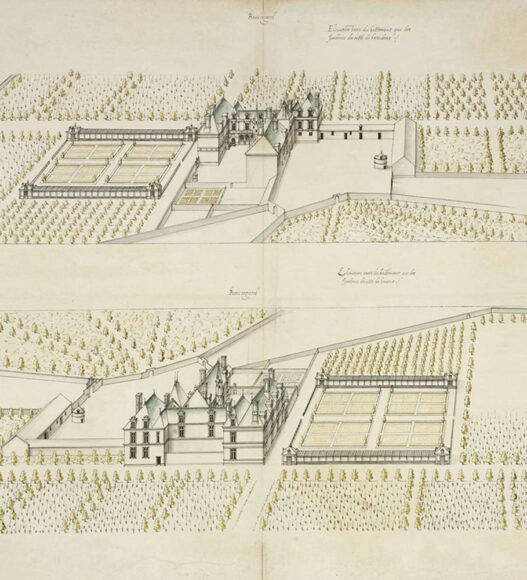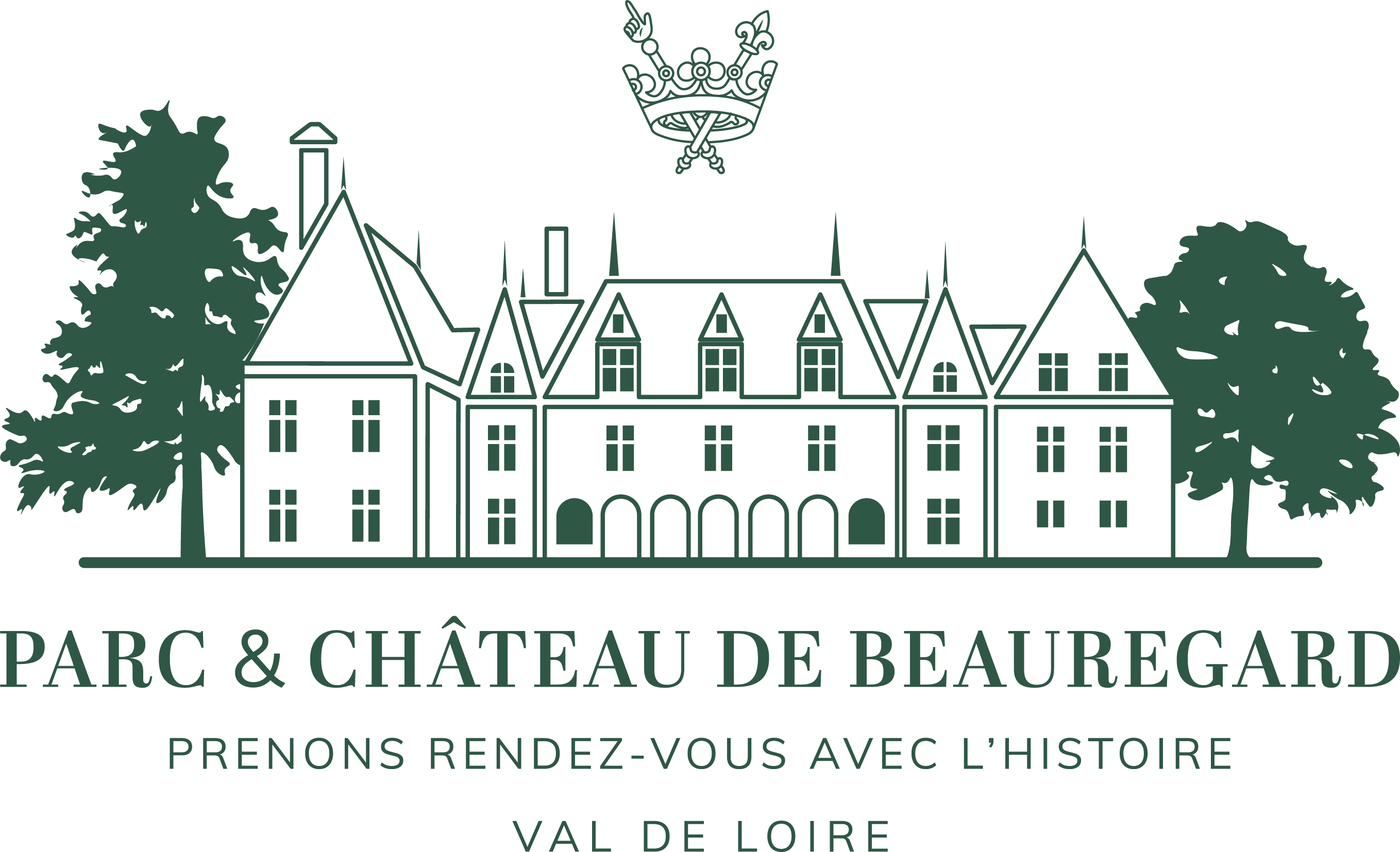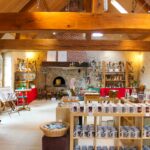Built at the end of the 15th century by the Doulcet family, François Iertook possession of the land of Beauregard at the beginning of the 16th century. Neighboring the forests of Chambord, Beauregard then became one of its favorite hunting spots. The legend says that Francois I, sheltered from the Court, also found himself there in gallant company….


Acquired in 1543 by Jean du THIERS, Secretary of State of King Henri II, friend of the poets Ronsard and du Bellay, considerably enlarged the original castle. In the archives was found the deed of purchase which is no less than 14 meters long. A great lover of plants, Jean du Thiers embellished the park with trees from the royal forests. Documents of the time indicate that 1500 rare plants and trees grew there then.
Paul ARDIER becomes the new owner of Beauregard in 1617. He continues to beautify the castle and has new buildings built (stables, outbuildings, sheds) which create a new perspective. This former treasurer of Henri IV is at the initiative of the famous Galerie des Illustres, famous from the 17th century and which made Beauregard famous.
With its 327 portraits of key figures in the political history of France and Europe, this unique gallery in Europe is organized around a chronological frieze which, through 15 successive reigns of kings of France, offers us a journey through extraordinary weather and makes history live more alive than ever.


In 1654, the land of Beauregard was erected as a viscountcy. The official document, signed by the hand of the Sun King, is still in the archives of the castle. The next year, the youngest son of Paul Ardier, receives at the Château de Beauregard Louis XIV and his cousin the Duchess of Montpensier, known as the “Grande Mademoiselle”. At the end of this visit, it is rumored that certain orange trees from the Beauregard collection have been selected by King Louis XIV to join the orangeries of Versailles.


At the dawn of the 19th century, an heir to the Ardier family upset the organization of Beauregard, unchanged for nearly two centuries. Nicolas Sylvain, Marquis de Gaucourt, destroys the entire wing. At the same time, he redesigned an English-style park around the castle: the account books for the years 1811 – 1813 keep the memory of hundreds of trees and various species, bought and transported from Blois to Beauregard, including the famous cedars of Lebanon.
In 1816, Armande de Gaucourt, daughter of Nicolas Sylvain, separated from the Beauregard estate which was then acquired by Claude Antoine baron de Préval, lieutenant general of the armies of King Louis XVIII. Sayings attest that « he made vast plantations of beets and established, in the farms dependent on the castle, sugar factories ». But the lack of success of these enterprises led in 1830 to the resale of the estate to the Comtesse de Sainte-Aldégonde, lady-in-waiting to Queen Marie-Amélie. Beauregard was then in a « lstate of complete disrepair » but she undertook to restore the castle. These works find their culmination in the sumptuous marriage celebrated on October 8 and 9, 1839 uniting Valentine de Sainte-Aldégonde, daughter of the countess, and the Duke of Dino. The Bishop of Blois blesses this union in the new chapel of the Château de Beauregard, in the presence of a large assembly that crowds into the famous Galerie des Portraits where the wedding dinner is then held.


The Countess of Sainte-Aldégonde abandoned Beauregard in 1850 and it was up to the new buyer, the Count of Cholet, peer of France, to complete the work and modernize the premises. Then the Baron de Préval began the modifications to the castle which resulted in the current configuration with spaces devoted to the dwelling of the owners completely separated from the outbuildings.
In the space of a century, the Château de Beauregard has undergone profound modifications: the destruction of one of its wings, the doubling of the gallery, the addition of a chapel and new ornamentation, of which the statues are the most visible element.
The restoration of the Château de Beauregard in the 20th century began with Louis Tillier, an art lover and bibliophile who took possession of the Château in 1912 and modernized it with the introduction of electricity, running water and heating.
In 1925, the Château was bought by Madame de Gossellin, whose descendants still occupy the Château. The family du Pavillon has, among other things, restored according to 17th century plans, the Beauregard outbuildings which now host weddings or other events.




